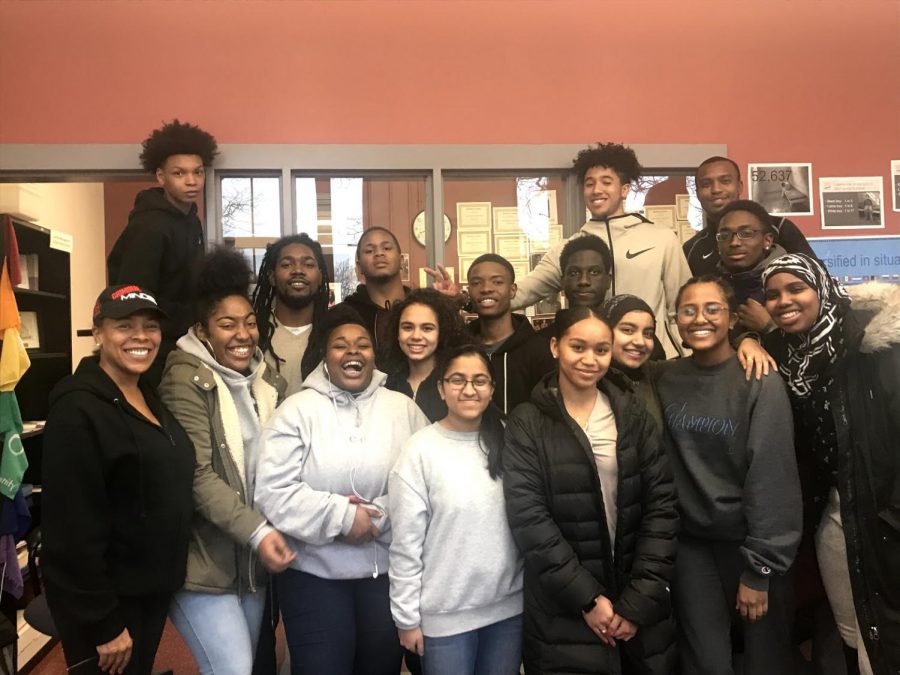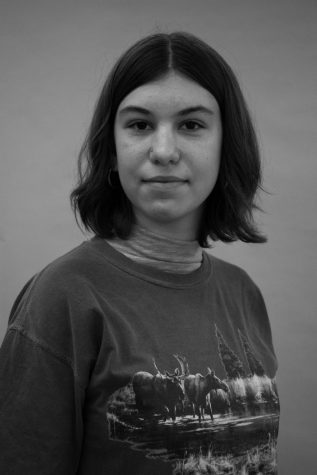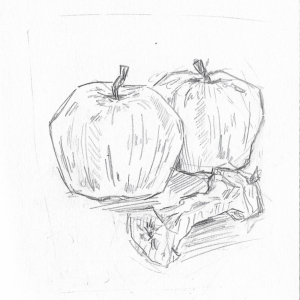Behind the Scenes: Mediation
May 2, 2019
At Cambridge Rindge and Latin School, most students can probably name a time when they got into an argument with a friend, had a dispute with a teacher, or disagreed with someone in class. At school, stress is high, energy is low, and there is very little patience for conflict, making it a tense environment that can foster hostility. However, despite these obstacles, some students have risen above it all and worked to help others through mediation.
According to Anaya Benzan ’19, the president of the Peer Conflict Mediation Program at CRLS, “Peer mediation is a way for people to solve their problems by communicating in a safe space. These programs offer students and administration an alternate route to deal with conflict versus the conventional punishments that occur in high schools.”
Benzan has been a part of the Mediation Program since her freshman year at Rindge, and according to her, she’s seen a difference in school culture during that time. According to a survey done by the program, when asked the question “Did you have at least one fight in the last year?” 24% of the students in 2007 answered “yes,” while in 2017, it dropped to just 9%. “Mediation has taught me a lot about myself as a person, and I have used my skills in all of my relationships,” she explained. “As the president of our program, I find it extremely important that people learn about our services and utilize them for their benefits.”
Ayan Shire ’20 has also been a member of the Mediation Program since she began high school, having wanted to get involved as early as middle school. “I always have people in my life that are having problems, and now I’m able to help them solve them,” she explained. “It’s made me a better person, and if people become leaders through mediation, it will make them better people in the community, too.”
Chandra Banks, the district’s conflict mediator, runs the program at CRLS. When she first started as a mediator for CPSD ten years ago, she got involved through a program called “Stopwatch.” Through that program, school staff from all over the Greater Boston area met up with MBTA transit police, trying to make emotional connections with passing students at train stations. While she was working there, the Lieutenant of the Juvenile Unit of the MBTA suggested that arrested minors be presented with the option of being mediated at the MBTA station instead of going to court. “Every single day, I come in here because I made a difference the day before,” Ms. Banks said. “And it’s so rewarding.”
The program currently continues to tackle conflicts between victims and offenders in criminal cases with the transit police at the MBTA. “My first time serving at the MBTA station was during my sophomore year. My experience [there] was thrilling,” Benzan began. “The parties were very passionate about the situation and made that explicitly clear. Although I had never seen the parties before and may never see them again, they [were] very appreciative and able to connect with me on a more personal level than they would with an authoritative figure in front of them.”
Ms. Banks, Shire, and Benzan explained that the Mediation Program follows five principals: the program is voluntary, each mediation is confidential, mediators are non-judgmental, discussions are self-directed, and each session is future-oriented. “When I’m mediating someone, it has to be totally confidential,” Shire said about the privacy of the sessions. “It’s a really serious thing—confidentiality—, especially in this community, because it’s so toxic and people are always spreading rumors about each other.”
“The only two rules are that there is no interrupting or name-calling during sessions,” Benzan clarified. “When a mediator is equipped to connect with their parties, a higher level of trust is built, and it makes the mediations run smoothly. Empathy is a key factor in peer mediation and is often used when de-escalating tense situations,” she said. “And we want everyone to feel included.”
Students and administration can participate by speaking with Chandra Banks, their dean of students, or a student mediator if they want mediation to be done with one of their peers or would like to become a part of the mediation team.
“As a result of mediation, students have learned that they can be responsible for their problems without the intervention of an adult figure,” Benzan concluded. “[We want] students to be more inclined to resort to resolution rather than conflict.”
This piece also appears in our April 2019 print edition.










